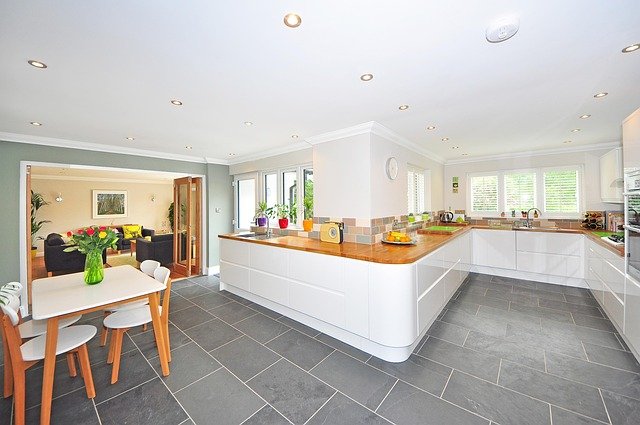Flexible Seating and Serving Solutions for Casual Meals
Practical seating and serving strategies can transform casual meals into comfortable, efficient experiences. This article explores adaptable furniture, surface choices, and design considerations that support easy hosting, daily family use, and flexible dining setups without compromising functionality.

Flexible seating and serving arrangements can make everyday meals more comfortable and adaptable without a complete remodel. Thoughtful attention to ergonomics, surfaces, and organization keeps casual dining efficient for families and small gatherings. This overview covers seating options, countertop and material choices, lighting and ventilation considerations, appliance placement, and ways to zone a space so it supports multiple uses while staying durable and easy to maintain.
Ergonomics and accessibility
Designing for ergonomics means selecting seating and table heights that reduce strain and promote comfortable posture for varied users. Consider chairs and stools with supportive backrests and adjustable heights for mixed-age households; cushions and slipcovers can offer extra comfort without permanent changes. Accessibility also includes clear circulation paths and reachable serving surfaces, which benefit people with mobility limitations and make setting and clearing plates simpler. Incorporating varied seat types—benches, armchairs, and stackable stools—lets you adapt ergonomics to different occasions while maintaining a cohesive look.
Storage and organization
Efficient storage and organization ensure serving items are within easy reach during casual meals. Open shelving or shallow cabinets near dining zones can house frequently used plates, napkins, and serveware, while concealed storage keeps clutter out of sight. Use drawer organizers for cutlery and modular inserts for serving trays to streamline workflow. Mobile carts or tucked-away sideboards provide temporary staging areas for platters and drinks, offering flexibility without crowding the main seating area. Thoughtful storage reduces time spent fetching items and supports a smoother serving process.
Countertops and surfaces
Choosing the right countertops and surfaces impacts both serving ease and upkeep. Durable, nonporous materials like engineered stone or sealed surfaces resist stains from food and drinks and are easier to clean between casual meals. Lightweight folding tables with scratch-resistant finishes offer temporary additional surface area for buffet-style setups. Consider surface height variation: a lower dining surface paired with a higher serving counter can improve workflow during meal prep and service. Select finishes that coordinate with your seating and are resilient to everyday wear.
Materials, durability, and maintenance
Materials should balance aesthetics with durability and straightforward maintenance. Solid woods offer warmth but may need sealing to withstand spills; laminate and metal options can deliver longevity with less upkeep. Choose fabrics for cushions and upholstery that are stain-resistant or removable for washing. Durable finishes on tables and chairs minimize scratches and simplify routine cleaning. Establishing a simple maintenance routine—wiping surfaces after meals, treating spills promptly, and periodic inspection of hardware—extends the life of flexible seating and serving solutions.
Lighting, ventilation, and appliances
Proper lighting and ventilation influence comfort during casual dining. Layered lighting—ambient overhead, task lighting for serving areas, and adjustable fixtures—creates a welcoming environment and improves visibility when plating or clearing food. Good ventilation reduces lingering cooking odors that can interfere with mealtime. Appliances positioned near serving zones, such as warming drawers or compact beverage centers, support efficient workflow and reduce trips between kitchen and dining areas. Integrating appliance placement with seating plans keeps serving lines short and practical.
Zoning, workflow, and multifunctional design
Zoning strategies help a single space serve multiple roles, from work or homework to casual dining. Use rugs, lighting, and furniture placement to delineate eating areas without erecting permanent barriers. A multifunctional island or a retractable table can act as prep space, serving surface, and casual dining spot, supporting varied workflows. Keep sightlines clear so servers can move between zones smoothly, and orient seating to allow easy access to serving surfaces. Accessibility remains key: ensure at least one flexible spot accommodates individuals with limited mobility.
Flexible seating and serving solutions benefit from coordinated choices across materials, surfaces, and storage to sustain everyday use. Prioritizing ergonomics, durable finishes, clear organization, and thoughtful appliance placement helps casual meals feel effortless. By zoning spaces and selecting multifunctional furniture, households can adapt quickly to different gatherings while keeping maintenance manageable and accessibility preserved.





